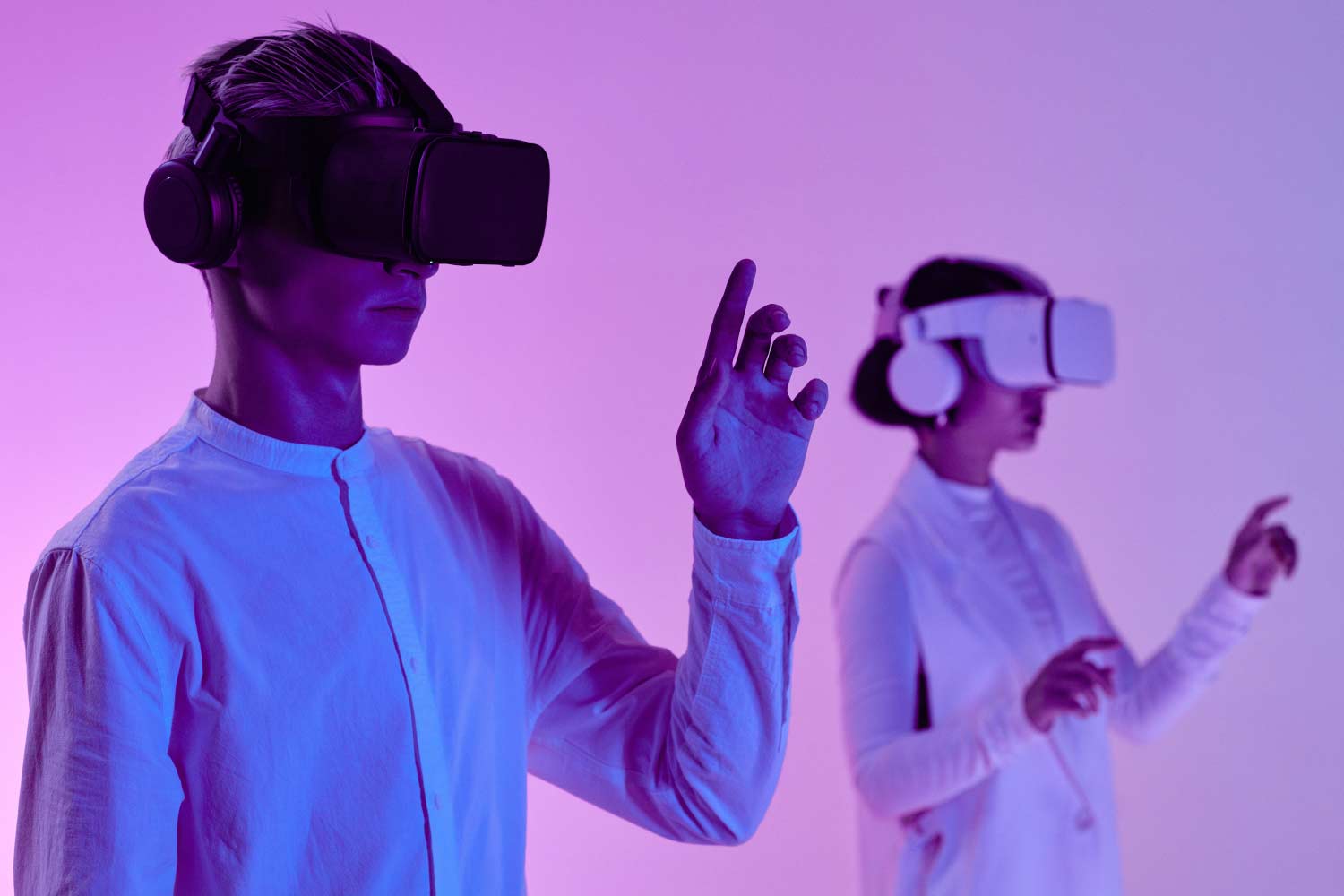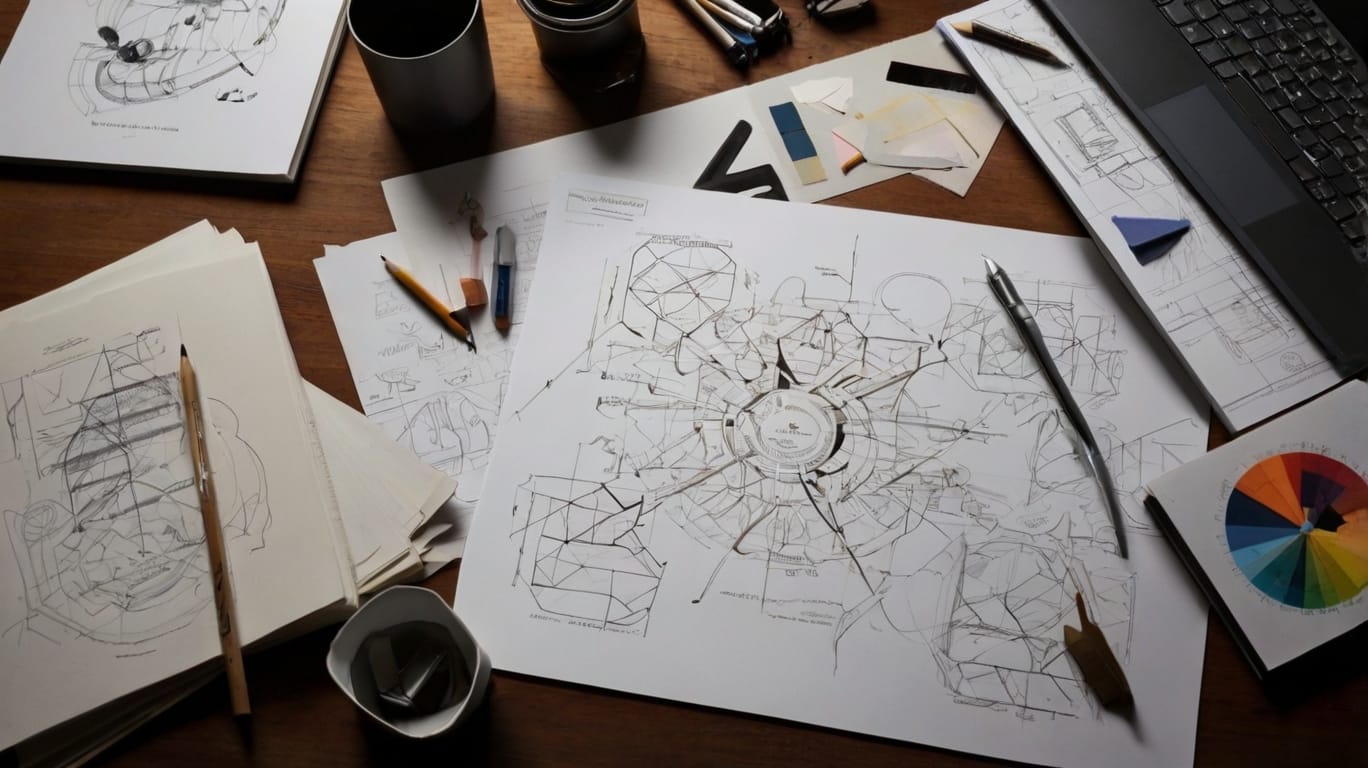Logo design, once a manual and painstaking creative process, is being transformed by technological advances. The introduction of artificial intelligence (AI), machine learning, and advanced design software has revolutionized how logos are conceptualized, created, and customized. In this article, we explore how these technologies are shaping the future of logo design and what this means for designers, businesses, and consumers.
1. The Current State of Logo Design
Traditionally, logo design has been a collaborative effort between businesses and graphic designers. The process involves brainstorming, sketching, refining concepts, and creating a final product that represents a brand’s identity. While this approach has yielded iconic logos, it often requires significant time, resources, and iterations.
Today, technology is streamlining this process. Design software like Adobe Illustrator and Canva, combined with online platforms offering customizable templates, has made logo design more accessible. However, the rise of AI is taking things to the next level.
2. How AI is Revolutionizing Logo Design
a. AI-Powered Logo Generators
Platforms such as Looka, Wix Logo Maker, and Tailor Brands use AI to create logos in minutes. These tools analyze user input, such as industry type, brand name, and style preferences, to generate multiple design options.
- Advantages:
- Speed: Logos are created almost instantly.
- Cost-Effective: Eliminates the need for hiring a professional designer.
- Customizable: Users can tweak designs to fit their needs.
- Limitations:
- Lacks the depth of human creativity.
- Risk of generic or unoriginal designs.
b. Machine Learning for Design Insights
AI tools analyze trends, color psychology, and typography preferences to suggest design elements that resonate with specific target audiences. This data-driven approach ensures logos are not only visually appealing but also effective in communication.
3. The Role of Emerging Technologies in Logo Design
a. Virtual Reality (VR) and Augmented Reality (AR)
- Designers can now visualize logos in real-world contexts using AR. For instance, a logo can be virtually projected onto packaging or storefronts, helping businesses see its practical application before finalizing.
b. Generative Design Algorithms
- Generative design, powered by AI, explores thousands of design variations based on input constraints. This allows designers to experiment with layouts and elements that would take hours to create manually.
c. Blockchain for Ownership and Authenticity
- Blockchain technology is being used to verify the authenticity of logo designs. Designers can register their work on a blockchain to protect intellectual property and prevent counterfeiting.
4. Benefits of Technology for Designers and Businesses
For Designers:
- Efficiency: Automates repetitive tasks, allowing more time for creative exploration.
- Inspiration: AI tools suggest innovative ideas and combinations.
- Accessibility: Freelancers and small studios can compete with larger agencies using affordable AI tools.
For Businesses:
- Affordability: Small businesses can access professional-looking logos without breaking the bank.
- Scalability: Technology enables quick updates and adjustments as branding evolves.
- Personalization: AI-generated logos can be tailored to match specific business needs.
5. Challenges and Ethical Considerations
a. Creativity vs. Automation
While AI excels in efficiency, it lacks the emotional depth and storytelling that human designers bring to the table. This raises concerns about whether AI-generated logos can truly capture a brand’s essence.
b. Risk of Generic Designs
Over-reliance on templates and algorithms may lead to logos that lack uniqueness, diluting a brand’s identity.
c. Intellectual Property Issues
As AI designs are often based on existing patterns, questions about copyright and originality arise.
6. The Future: Collaboration Between Humans and AI
The future of logo design lies in collaboration. AI is not a replacement for designers but a tool that enhances their capabilities. By automating routine tasks and providing data-driven insights, AI allows designers to focus on what they do best—creativity and innovation.
Predicted Trends:
- Adaptive Logos: Logos that change based on context or audience, made possible by AI.
- Interactive Designs: Logos that come to life in digital environments through animation and interactivity.
- Eco-Conscious Design: Technology enabling sustainable design practices, such as optimizing digital assets for minimal energy consumption.
Conclusion
As AI and technology continue to advance, the landscape of logo design will evolve dramatically. While these tools offer speed and accessibility, the human touch remains irreplaceable in crafting logos that resonate emotionally and culturally. The future of logo design is a harmonious blend of art and science, where technology amplifies creativity rather than replacing it.
By embracing these changes, businesses and designers can push the boundaries of what’s possible, creating logos that are not only visually stunning but also deeply impactful.



